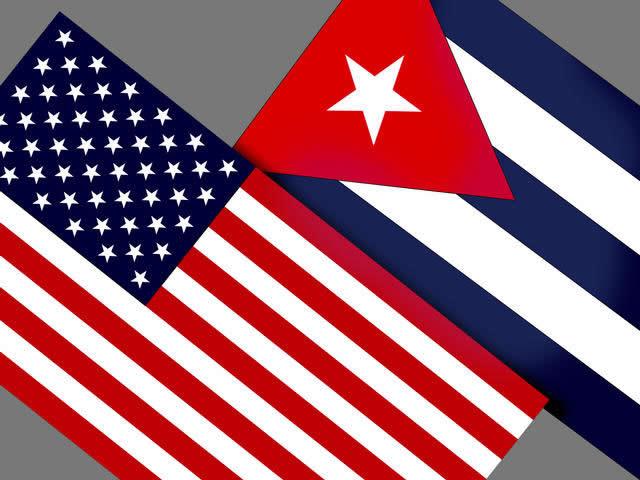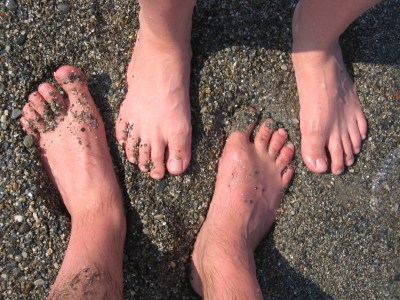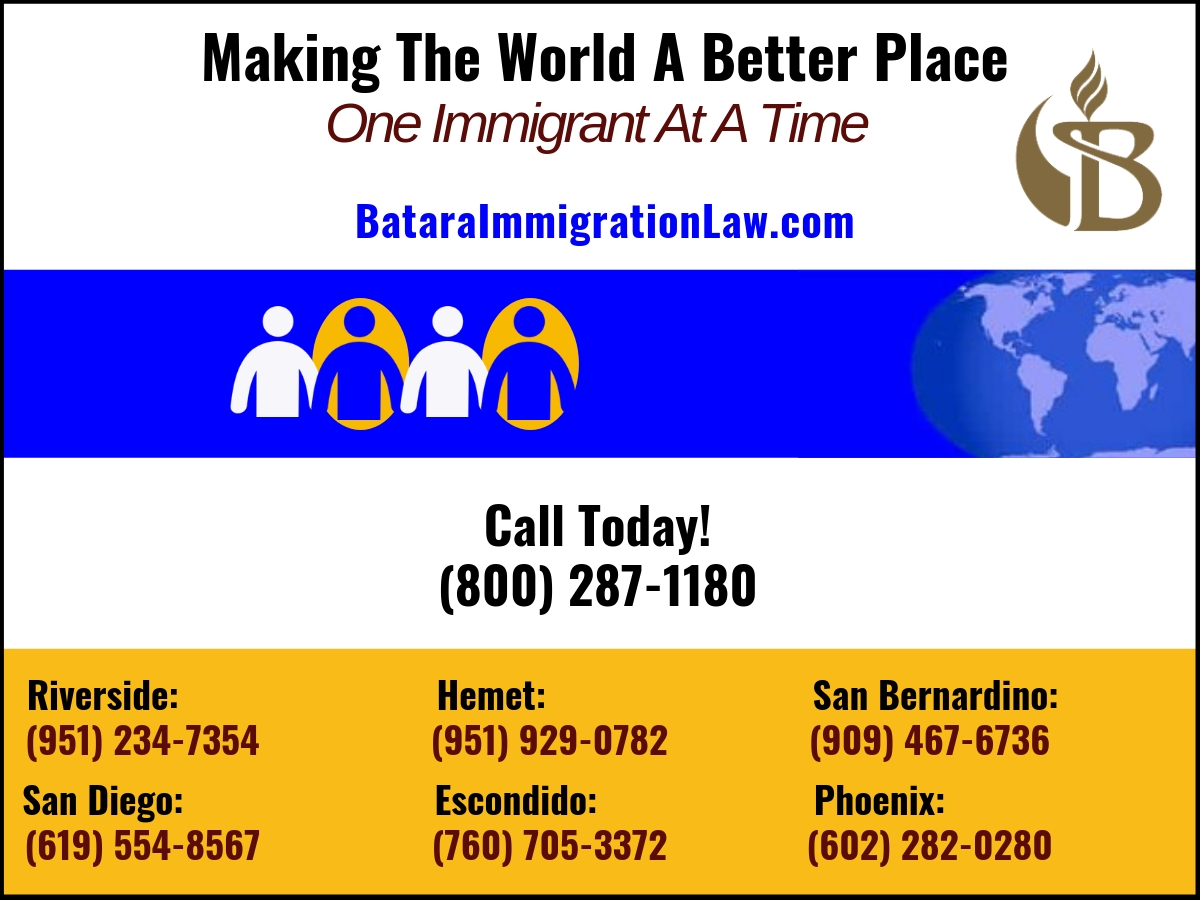
The Cuban Adjustment Act (CAA) of 1966 is one of our most unique immigration programs helping immigrants earn green cards and win permanent resident status.
Like many immigration programs, the Cuban Adjustment Act was created in response to our political policies. Back in 1966, the U.S. was furious at the Cuban government. As a result, the Cuban Adjustment Act was passed to help Cubans fleeing their country due to political dissension.
Update: In recent months, the debate over the future of the Cuban Adjustment Act has intensified. Although opponents are seeking a rapid end to the program, supporters claim that given the on-again, off-again hostilities of two countries, its termination would subect many Cubans to government abuse abroad.
How The Cuban Adjustment Act Differs From Other Green Card Programs
Last month, I was reminded about its uniqueness at a hearing in immigration court.
Hired as an immigration lawyer in San Diego to defend an immigrant from Cuba, I was surprised – and disappointed – when government counsel did not understand how my client would soon be entitled to adjustment of status under CAA.
The immigration judge, sensing the government’s confusion, decided to adjourn the hearing a few weeks so the government attorney could catch up on the law. Over and over again, government attorneys in Southern California are baffled when I raise CAA as a form of relief for my Cuban immigrant clients.
Actually, after more than two decades as an green card attorney, it is quite easy to understand government counsel’s surprise when they first learn about CAA.
Most immigration programs are super strict, causing clients to struggle to find a legitimate reason to remain in the United States.
The Cuban Adjustment Act is vastly different. It is not nearly as strict as most immigration programs. CAA cases, if done correctly, should be moving to the green card stage within one year of the Cuban immigrant’s arrival in the United States.
As some commentators have noted, most undocumented immigrants run from the law. Cuban immigrants run to the law.
Why The Cuban Adjustment Act Is A Unique Path To Permanent Residence
Under the Cuban Adjustment Act, Cuban immigrants may apply to become lawful permanent residents if they have been present in the U.S. for at least one year after they were admitted or paroled into the country.
For this reason, the Cuban Adjustment Act has often been called the “one year and a day” rule.
The law’s reach is broad. It applies to Cuban immigrants who have not recently lived on the island, who have gained legal status in a third country, and who were not born in Cuba.
The admission and parole requirements are also relatively simple. Such leniency has drawn the criticism of community leaders from other ethnic groups and nationalities.
In 1995, after talks with the Cuban government, the Clinton Administration decided to modify the 1996 law slightly. Before the discussions, the U.S. would admit all Cubans, even those found at sea. After the discussions, it was agreed the U.S. would stop admitting people found at sea.

Now if a Cuban is caught by immigration agents at sea between the two nations (with “wet feet”), they will be sent back home or to a third country.
If Cuban immigrants make it to our shores (with “dry feet”), they will be lawfully admitted or paroled into the U. S. This is known as the “wet foot, dry foot” policy.

After a year’s time – a year and a day, to be exact – Cuban immigrants become eligible to seek permanent residence.
The dual concepts – wet foot, dry foot – a year and a day – constitute the legacy of the Cuban Adjustment Act.
In essence, the only restrictions at the one year point are matters such as past criminal convictions or immigration fraud violations.
Special Paths To Permanent Residence For Spouses And Children Of CAA Applicants
The Cuban Adjustment Act also provides special pathways to permanent residence for the spouses of CAA applicants, as well as for their children.
First, regardless of their birth place, the spouse and children of a Cuban citizen can seek immigration benefits under the Cuban Adjustment Act under the relaxed procedures. This includes not only birth children, but also stepchildren, children born out of wedlock, and adopted children.
Second, the couple does not have to be married at the time when the Cuban won his case under the CAA. Rather, the couple must be married and living together the time that the non-Cuban files the permanent residence application. (There are exceptions for victims of domestic violence under VAWA.)
Third, children can adjust to green card status under the Cuban Adjustment Act, even if their Cuban parent does not win permanent residency through the CAA, as long as they meet the Act’s requirements on their own.
Deportation Defense Under The Cuban Adjustment Act At Immigration Court
Like my client, many Cuban immigrants are stopped at a U.S. border post.
Trying to get into the U.S., they inform the immigration agents that they are fleeing Cuba. The U.S. government allows them entry as Cuban asylees.
Immigration officers refer them to immigration court. They are placed in deportation and removal proceedings.
When they appear before an immigration judge, like other immigrants, they have to explain why they are entitled to remain in the U.S.
Cuban immigrants, though their cases may begin with an asylum claim, are allowed to become permanent residents under the Cuban Adjustment Act.
This is where government attorneys get confused. If they have not heard about the Cuban Adjustment Act, they treat the case as a regular asylum case. They do not understand why, after only living here one year, Cuban immigrants are allowed to become permanent residents.
Until last year the immigration judge had the power to hold green card hearings for Cuban immigrants. The Board of Immigration Appeals’ ruling in Matter of Martinez-Montalvo, 24 I&N Dec. 778 (BIA 2009), changed this policy.
Now immigration judges have no authority over the adjustment of status (I-485) applications. Instead, Cuban immigrants have to file their green cards paperwork with the US Citizenship and Services Office.
This new procedure seems a step backward.
As an immigration deportation trial attorney, I must now ask the immigration court to delay the case. Meanwhile I file my client’s documents at the USCIS office. Until USCIS finally makes a decision, the immigration judge has to keep the case open.
Sometimes it takes 2, 3, 4 years for the final green card decision to be made.
This is a waste of the immigration court’s time.
Yet, even with this inconvenience, the Cuban Adjustment Act remains one of our nation’s most special immigration programs for green cards and permanent residence.
Unlike CAA critics, I do not think Cuban immigrants should be singled with cries of unfairness. Rather, I’d prefer for our government simplify the entire visa petition process and hasten the permanent residency process.
By Carlos Batara, Immigration Law, Policy, And Politics




